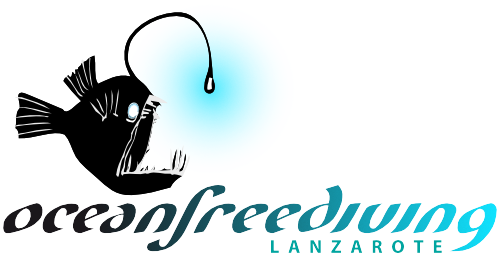Which are the exercises to eliminate “Valsala Maneuver“
Let’s start, Valsalva is a compensatory pressure technique, you have to close the nostril with your fingers and then create a pressure inside the nasal cavity in order to open the Eustachian tube. This technique creates pressure inside the lungs, mouth and nose cavity because the glottis is open. Unfortunately does not allow the freedivers to create the right pressure to open the Eustachian tube.
It is true that we need a bit of pressure to equalise and often we use too much and badly. When we feel pain is too late to equalise and we need in that situation more pressure and more physical effort.
An important thing is to equalise especially in the first few meters far more than you think. One thing I always tell to my students is to equalise for the first ten meters ten times. More we do better it is for us.
Let’s start by saying that if you do not exceed 10 m depth and, above all, you can not equalise, it is because you use a wrong equalization technique. Unfortunately, Valsalva for the freedivers is a technique that should not be practiced. Let’s start with an exercise that allows you to solve the problem and move from Valsalva manoeuvre to Frenzel technique.
First, we must be able to do this exercise, exhale as much air as possible from the lungs, pull the diaphragm and hold it for a few seconds.
Once you can do this exercise and then keep the glottis closed for more than a few seconds, we can begin to pronounce the letter ” T” or “Ka” or “H” . If you fail, it is because saying these letters you are trying push with your abdominal and open the Glottis.
First of all we should know how to do these exercises and then move on to another more advanced one with the diaphragm Up and say one letter at a time (T-Ka-H) close the nostril with your fingers and start to feel that nostrils swell to pronounce the letters. If the nostrils do not swell, the soft palate is in the closed position and, therefore, we do not have pressure in the nasal cavity and therefore does not open the thrombus to equalise. Now the transition is to open the soft palate and have pressure in the nasal cavity.
This is only the first step to change your equalization technique, but it is a very important step that will allow you to get off and enjoy the sea and the beautiful sensations of apnea.
I hope you enjoyed this article and above all that it is useful to change the equalisation technique.I
